It’s Asian American Heritage Month: What Are We Watching?
Happy Asian American Heritage Month! It’s important that we all take this month to reflect on the beautiful culture and insights that Asia has brought to this country. In particular, their films. There are so many wonderful films out there, and they don’t have to be animated or about kung fu to capture the audiences from the west. Here’s a list of a few directors who expanded my understanding of Asian cinema, and who have created some beautiful films.
Gregg Araki
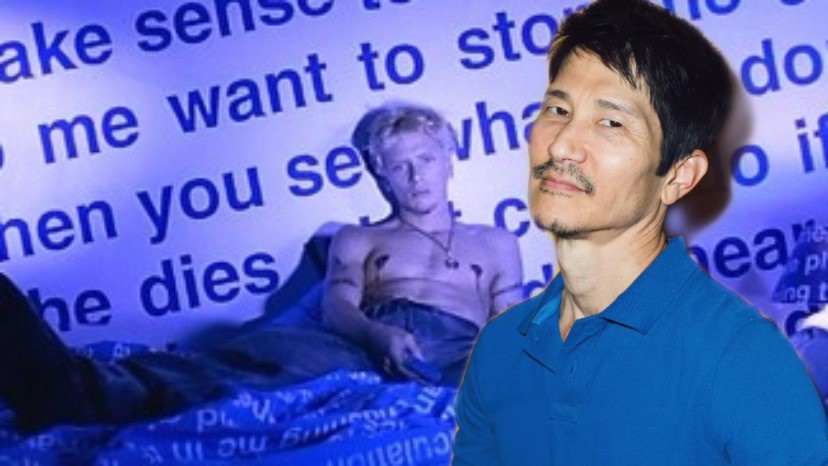
Gregg Araki is the undisputed king of teenage nihilism. Everything from his sets, scripts, wardrobe, to the actors and the setting. He has such a particular way that he depicts young people, especially queer youth of the late 90s. It’s distinctly stylistic, but relatable to so many. If you’re looking for some films from with nostalgia and a gothic aesthetic, he’s your guy.
Mira Nair

Mira Nair’s films have a biting sensitivity to them. She has an excellent way of creating characters that want all the right things but go about getting them in wrong ways. However, that is really a part of the fun. Matched with her filming locations being lavish and regal, she makes romance films for the fan of romance. And, for people who want the drama, but with class and decorum.
Jafar Panahi
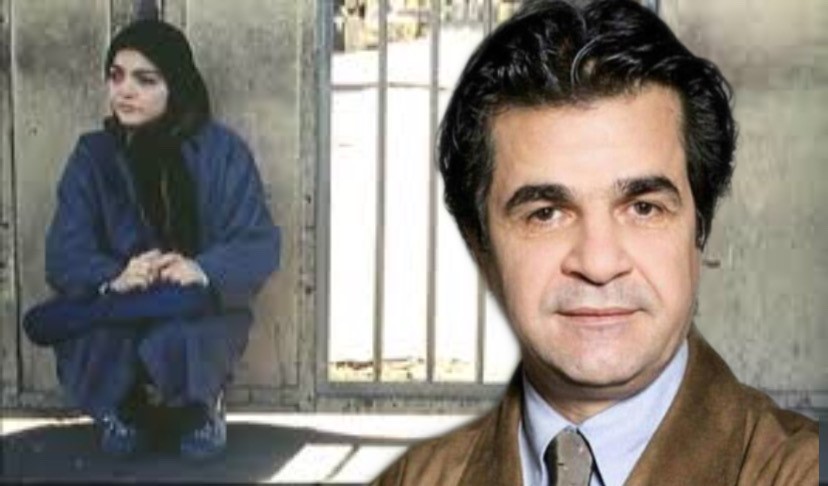
You know those directors that are really cool, but it’s hard to describe their appeal without just saying what happens in the movie? Meet Jafar Panahi. He does have some films that are told in a traditional sense, and they are well made. But his real appeal is in his films that blur the lines between fiction and documentary. His work reads more like a coy post-modernist who doesn’t want to say out loud that’s what he’s doing. He regularly asks questions like what are characters, what is a film and what is a story? And it’s hard to summarize the answers he comes to, but the ride getting there is a memorable one.
Ann Hui
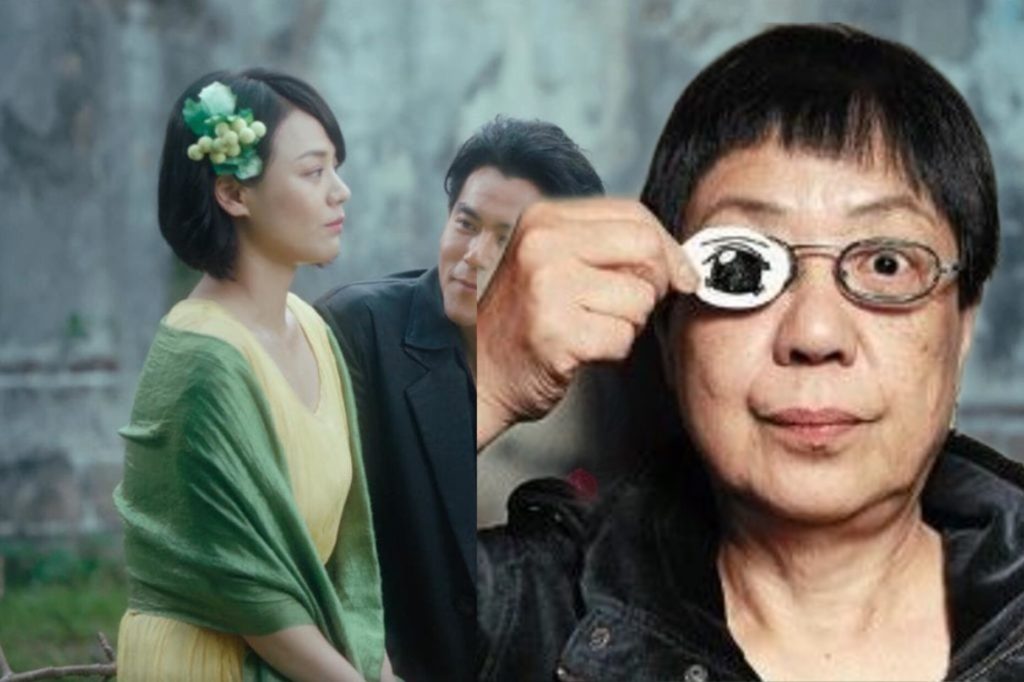
Ann Hui wins the award for diversity hands down. Almost all her films focus on women and their realities. But she does such a great job at making each film feel like an individual exploration of the characters. Whether this is through location, voice or tone all of her movies feel unique. There’s also so much fun in her cinematography and seeing what new combination of characters she’s going to bring to the table next.
Wong Kar Wai
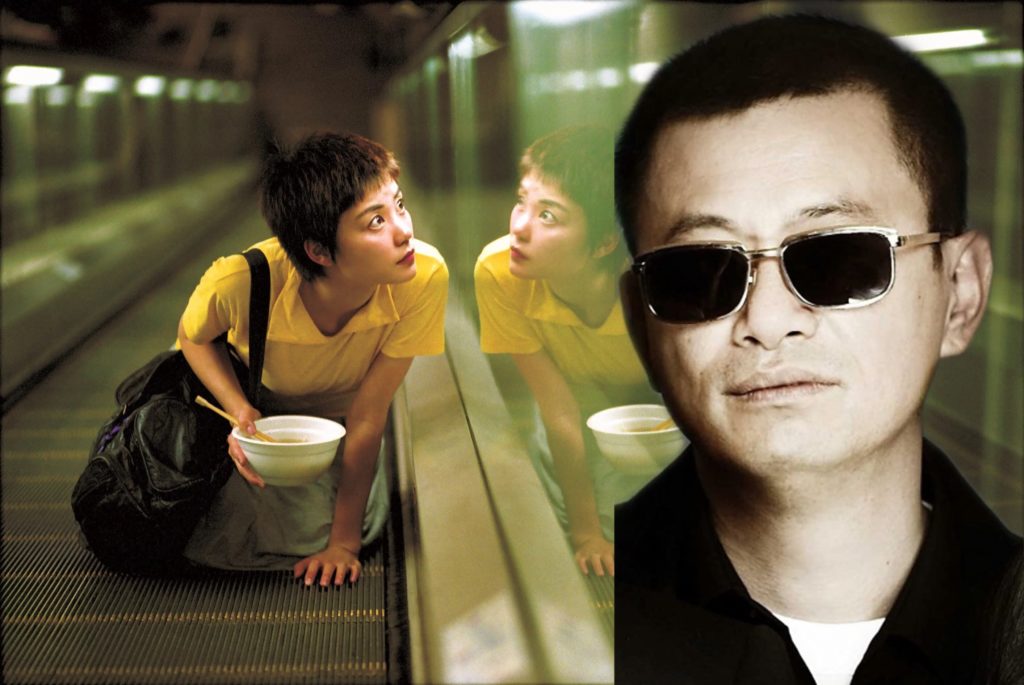
This guy is like the long-lost brother of Ann Hui. He doesn’t have the same diversity as her, but Kar Wai makes up for it in the cinematic weight his worlds have. Each of these characters’ love stories feels like the most important thing in the world. He has such a touch for visually sucking you into their lives before you have time to realize you are. And his editing style is so distinct yet so diverse, constantly changing to match each pairing. Truly a brilliant man, without question.
Marzieh Meshkini
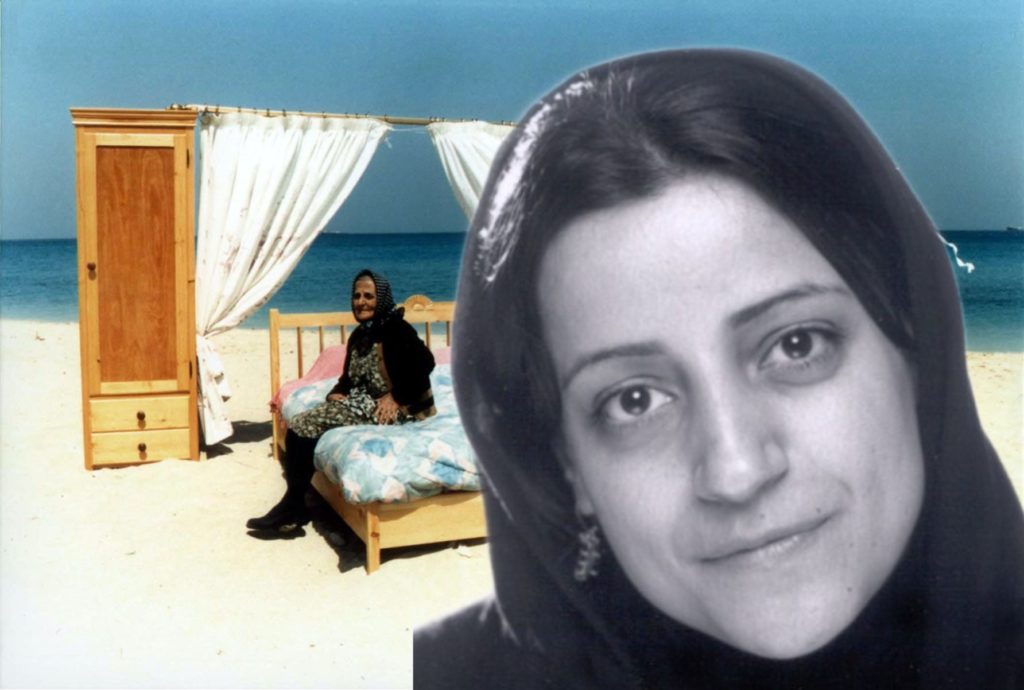
Meshkini’s style is a lot more subtle than most on this list, but that’s where her power lies. Most of her films drip in unsettling and atmospheric pacing. She allows events to blend into each other. Which in turn, emphasizes the pain of her characters. Her decisions are tempered and provocative. She has such a beautiful eye for locations and how they can form shots. It’s truly a tragedy that so many people haven’t seen any of her work.




















